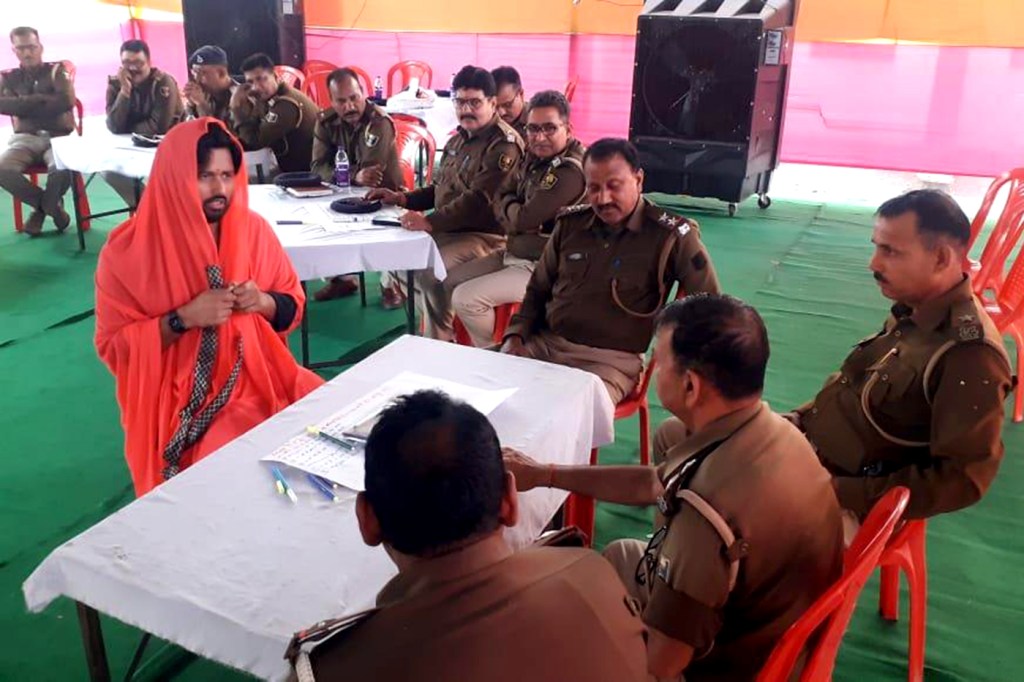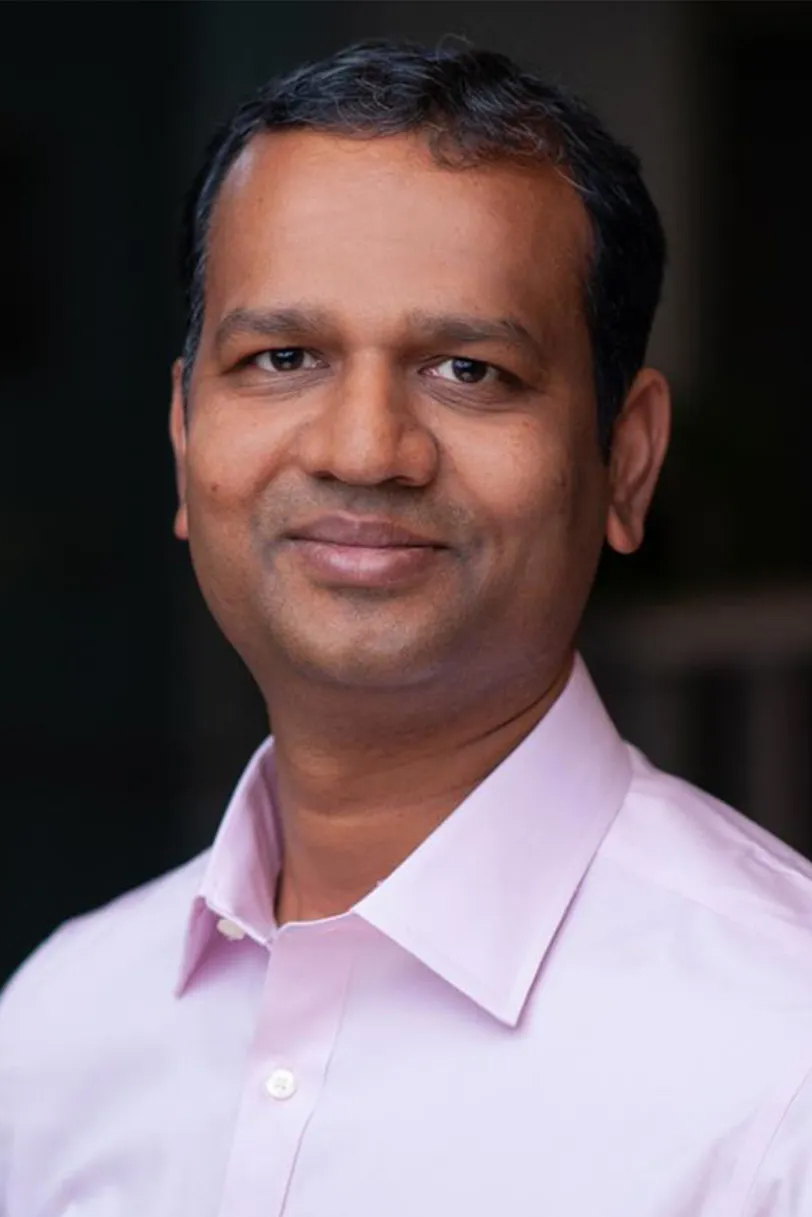Police use role-playing in first-of-its-kind anti-bias training program

In the U.S., implicit bias training has become common among police departments nationwide, but some research has found it might not be working as well as many would hope. Some have found that it might be changing minds but not behavior.
But a new form of training that takes inspiration from an unlikely place –– the theater –– might provide a new and more effective way to impact the hearts and minds of police officers. It just requires some role-playing and light costuming.
The research project, conducted by Nishith Prakash, a professor of public policy and economics at Northeastern University, is one of the largest police training initiatives in the history of India. Working with theater workers, lawyers, NGOs and police officers, Prakash says he and his team spent a year and a half creating a first-of-its-kind anti-gender bias curriculum that involves interactive exercises like role-playing. With the program built around applied theater and expressive arts tool, they then spent the last year implementing it in 12 districts in the Indian state of Bihar, training 3,500 police officers in 422 police stations.

“On average the research on training programs says that they don’t work,” Prakash says. “What we wanted to do is we wanted to make a training that is not watching slides. … This [training] is happening with theater techniques, so you’re interacting and engaged throughout.”
Prakash says this curriculum could end up being “one of the most novel police trainings in the world,” a first-of-its-kind program designed to build technical and soft skills like empathy while making officers understand and confront their own biases and victim blaming.
It arrives at a time when India is looking more proactively at gender discrimination within its judicial and law enforcement systems. This month the Indian Supreme Court released a handbook designed to help federal judges avoid gender stereotyping.
The need for this kind of training arose out of Prakash’s previous research on police handling and enforcement of sexual harassment in public spaces and gender-based crimes. According to Action Aid, 79% of women in India have reported experiencing some kind of sexual harassment in public. But Prakash says the need for gender bias training goes beyond India: 89% of women in Brazil, 76% of women in the U.K. and 65% of women in the U.S. also report experiencing sexual harassment in public spaces.
The three-day training sessions that Prakash and his team have been running exposed some of the implicit biases that exist in a police force that, like in many countries, has historically been dominated by men.
“We found these officers have very high victim blaming for many of these crimes related to women,” Prakash says. “They think, ‘You are responsible for that because you were wearing this dress.’”
But the interactive nature of the curriculum helped transform those moments of bias into experiential learning opportunities for the officers.
“The trainer was female and we’re sitting with 20 officers, and she sat back [in her chair] in a very casual way,” Prakash says of one exercise. “She asked the officers, ‘What do you think?’ And [one] was like, ‘Females should not be sitting like this. Females should be sitting differently.’”
The trainer used that interaction as a way to engage in a conversation about the biological and social reasons for why men and women might sit differently.
Prakash says there is reluctance among some officers when they start these training sessions. Getting a police officer to dress up like a woman in front of his colleagues for a victim blaming role-play session is a big ask, he says.
“When you bring in police officers, they don’t want to talk on day one,” Prakash says. “You have to give them that space to open up, and they do open up –– they really open up. That was shocking to us.”
“One police officer comes in –– and some of these trainers are female –– and he says, ‘Oh, now you’re going to tell me what I’m supposed to do?’” Prakash recalls. “Day three he left crying. He’s like, ‘You really opened my eyes.’ We do know anecdotally the impact that is happening.”
Similarly, after the training, an officer said, “Now we have understood that even small acts like offering water to the victim can have a very important impact and show that we are sensitive towards her.”
But Prakash hopes the impacts of the training will have some “spillover” and go beyond the immediate effects he and his team have been able to measure.
“Say I’m the head of the police station, and I did the training. Do I change my behavior towards my juniors, especially female constables?” Prakash says. “We are also looking at the spillover to their wives. Do they change their attitudes toward their wives?”
Prakash and his team are still measuring the outcomes of their research, but the project has already been picked up by many stakeholders. The Chief Secretary of Bihar will be implementing the curriculum statewide, even among senior police officers, and there is some interest in implementing it at the national Police Academy. Prakash is also looking at opportunities to roll out similar curriculums in the U.S.
“The training that we are designing is very relevant in any country: It’s about how to behave, what to do,” Prakash says. “Gender is definitely a context-specific issue, but I don’t think it’s that context specific. … You can think of tweaking this curriculum around race in the U.S. because that would be relevant.”
Cody Mello-Klein is a Northeastern Global News reporter. Email him at c.mello-klein@northeastern.edu. Follow him on Twitter @Proelectioneer.






